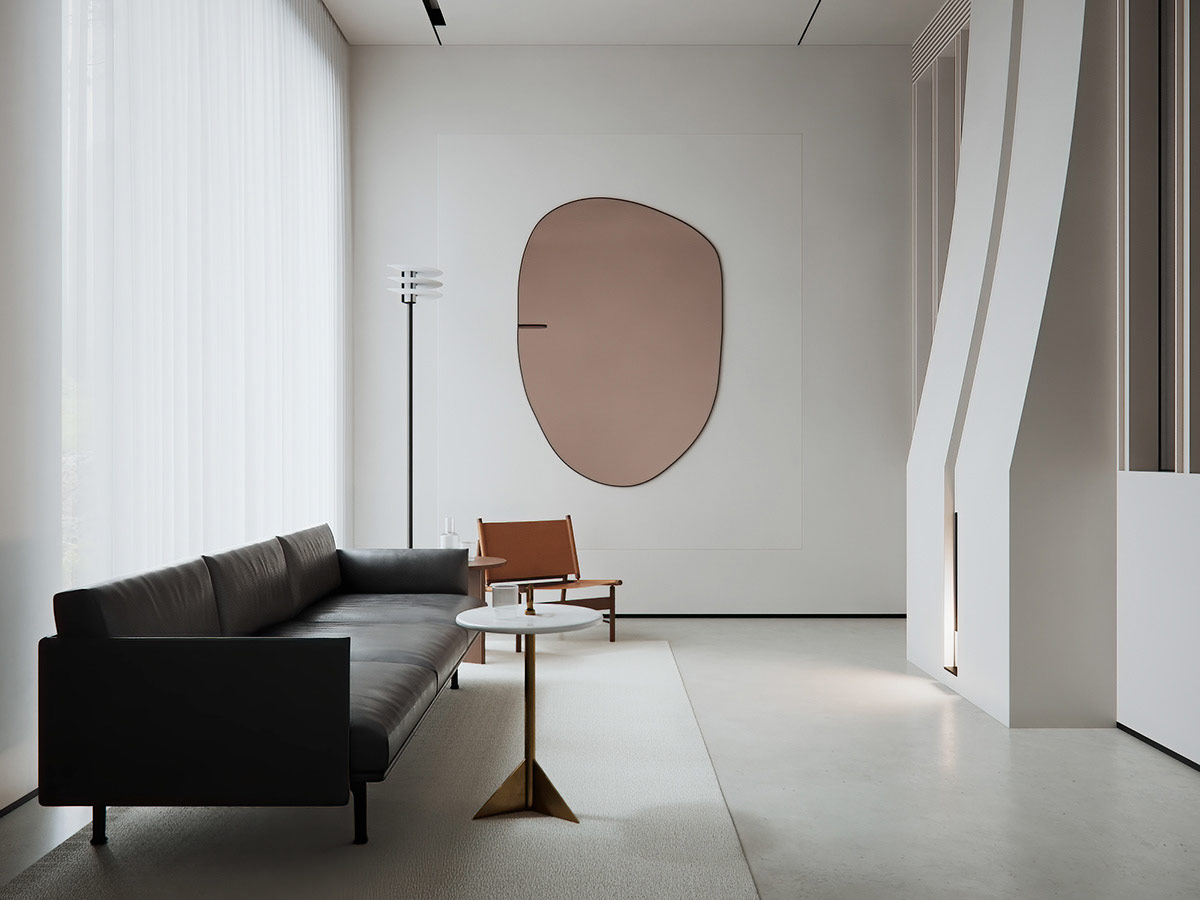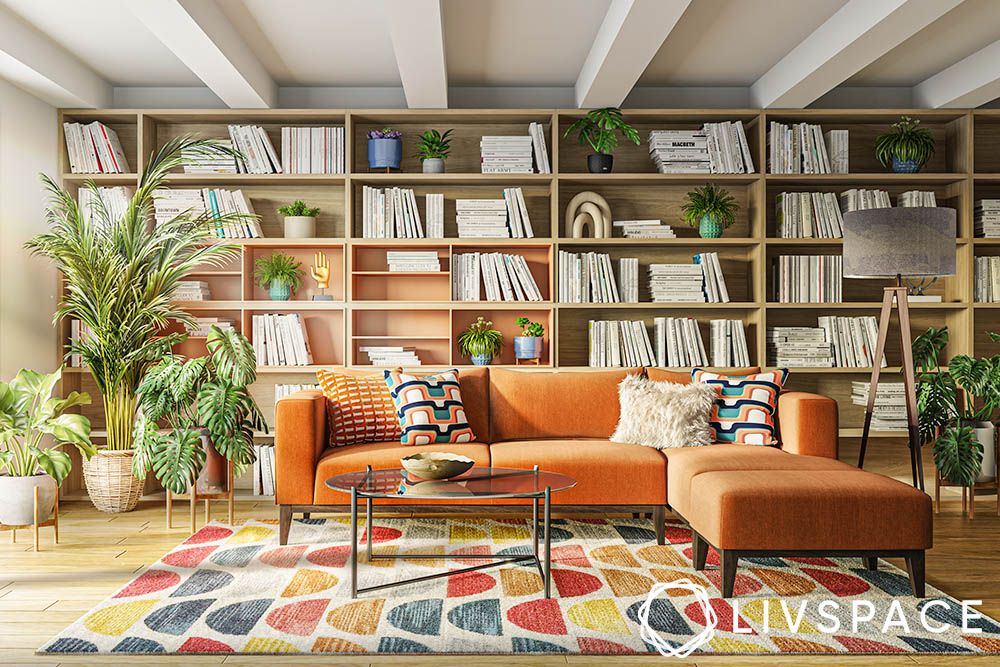
Embracing Simplicity: The Essence of Minimalist Interior Design
Minimalist interior design has become a timeless trend, celebrated for its emphasis on simplicity, functionality, and a sense of calm. In this exploration, we delve into the core principles of minimalist design and how it transforms living spaces into havens of tranquility and purpose.
Clean Lines and Uncluttered Spaces: The Foundation
At the heart of minimalist interior design are clean lines and uncluttered spaces. This design philosophy aims to eliminate unnecessary elements, creating rooms that feel open, airy, and purposeful. Furniture with simple, straight lines and a focus on essential pieces contribute to the overall sense of clarity and order.
Neutral Color Palettes: Creating a Serene Canvas
Neutral color palettes are the cornerstone of minimalist design. Whites, grays, and muted tones create a serene canvas that allows other elements to stand out. The absence of vibrant colors fosters a calming atmosphere, promoting a sense of relaxation and mindfulness within the living space.
Functional Furnishings: Beauty in Purpose
In a minimalist interior, every piece of furniture serves a purpose. Furnishings are carefully selected based on functionality and necessity, avoiding unnecessary ornamentation. Each item becomes a statement piece, contributing to the overall aesthetic while fulfilling a specific role in enhancing daily living.
Decluttered Surfaces: Space for Mindful Living
Minimalist interior design encourages decluttered surfaces. Countertops, shelves, and tables are kept free from unnecessary items, allowing the eye to rest and the mind to focus. This intentional approach to decluttering surfaces promotes a sense of order and simplicity, fostering a mindful and peaceful environment.
Natural Light and Open Spaces: Connecting with the Outdoors
Maximizing natural light and creating open spaces are essential in minimalist design. Large windows, strategically placed mirrors, and an unobstructed layout allow natural light to flood the space, creating a connection with the outdoors. The result is a bright and inviting atmosphere that feels expansive and refreshing.
Thoughtful Material Selection: Quality Over Quantity
Minimalist interior design values quality over quantity when it comes to materials. Thoughtful selections of materials, such as natural woods, metals, and stone, add texture and warmth to the space. These carefully chosen elements contribute to the overall aesthetic without overwhelming the simplicity of the design.
Artful Use of Negative Space: Enhancing Visual Impact
Negative space, the empty areas around and between objects, plays a crucial role in minimalist design. Artfully incorporating negative space enhances the visual impact of key elements, allowing them to shine. This intentional use of empty space adds to the overall balance and sophistication of the design.
Multifunctional Design: Streamlining Daily Living
Minimalist interiors often embrace multifunctional design. Furniture and storage solutions are designed to serve multiple purposes, streamlining daily living. Examples include sofas with built-in storage, coffee tables that double as work desks, and modular shelving units that adapt to changing needs.
Personalized Touches: Curating a Purposeful Environment
While minimalist design leans towards simplicity, it doesn’t mean sacrificing personal touches. Thoughtful curation of meaningful items, carefully chosen artwork, and a few well-placed decorative elements






![Everything You Need to Know Hermes’ [Bag Name] Everything You Need to Know Hermes’ [Bag Name]](https://images.unsplash.com/photo-1507666664345-c49223375e33?fm=jpg&q=60&w=3000&ixlib=rb-4.0.3&ixid=M3wxMjA3fDB8MHxzZWFyY2h8MTN8fGhlcm1lcyUyMHBhcmlzJTIwYmFnfGVufDB8MHwwfHx8Mg%3D%3D)


